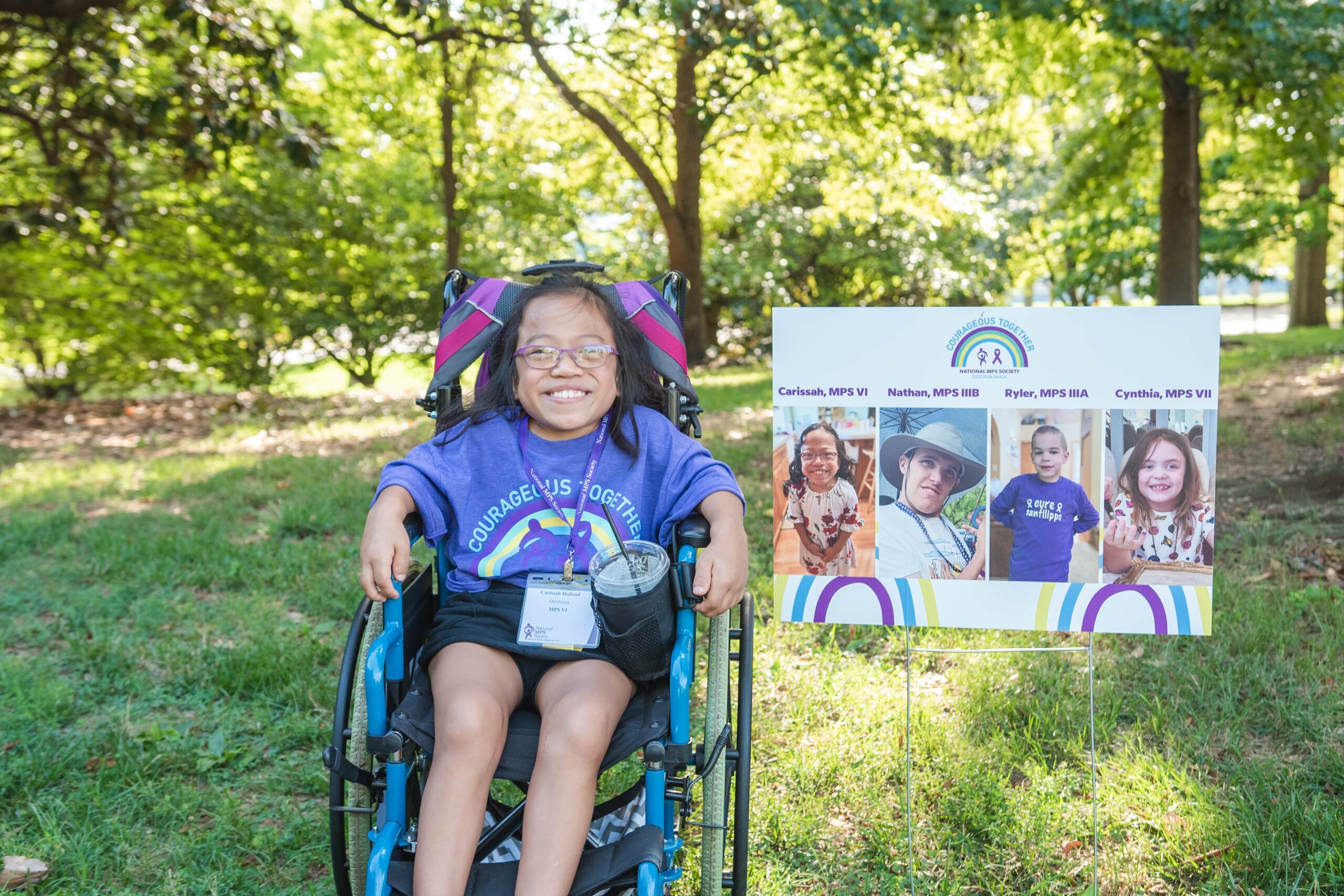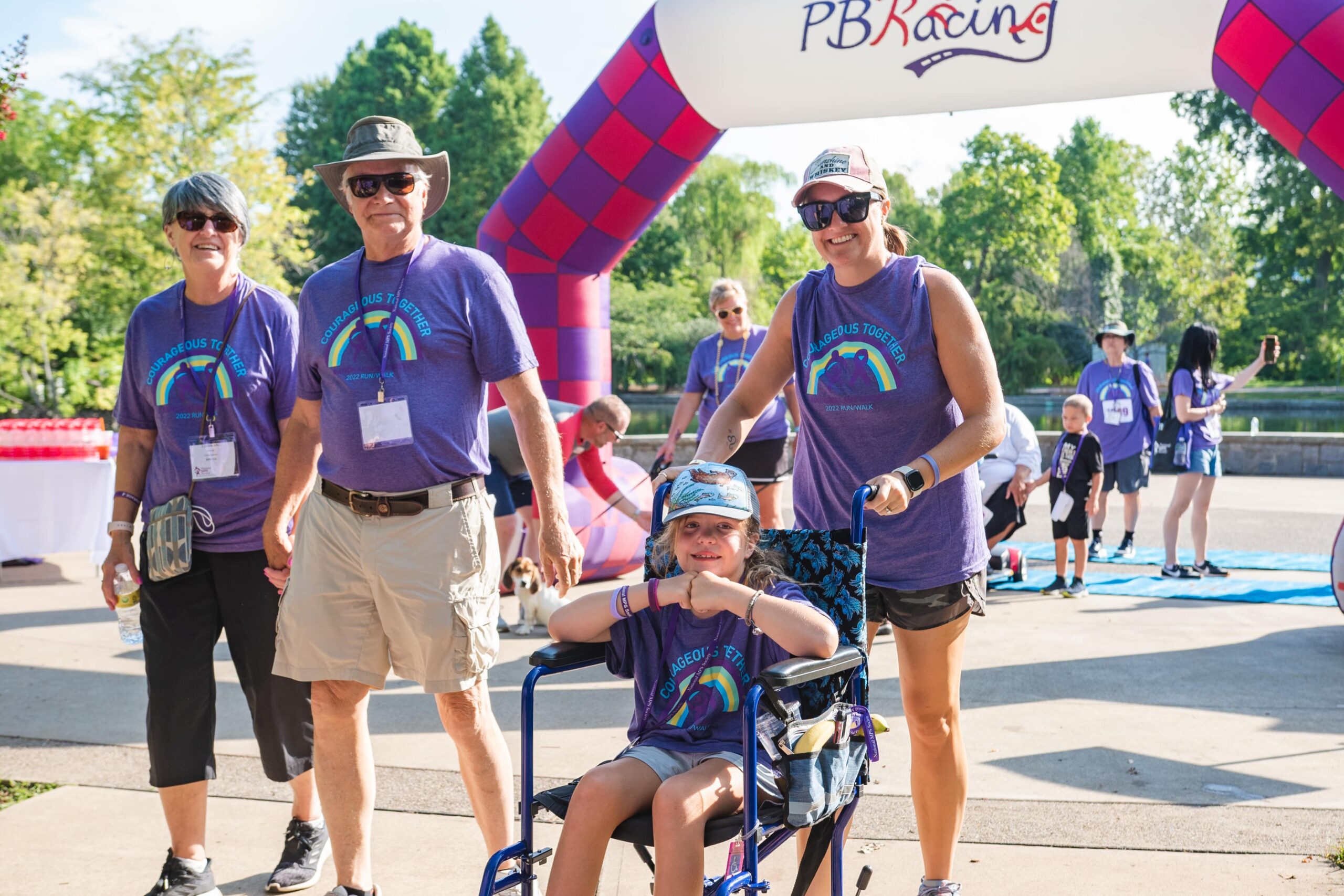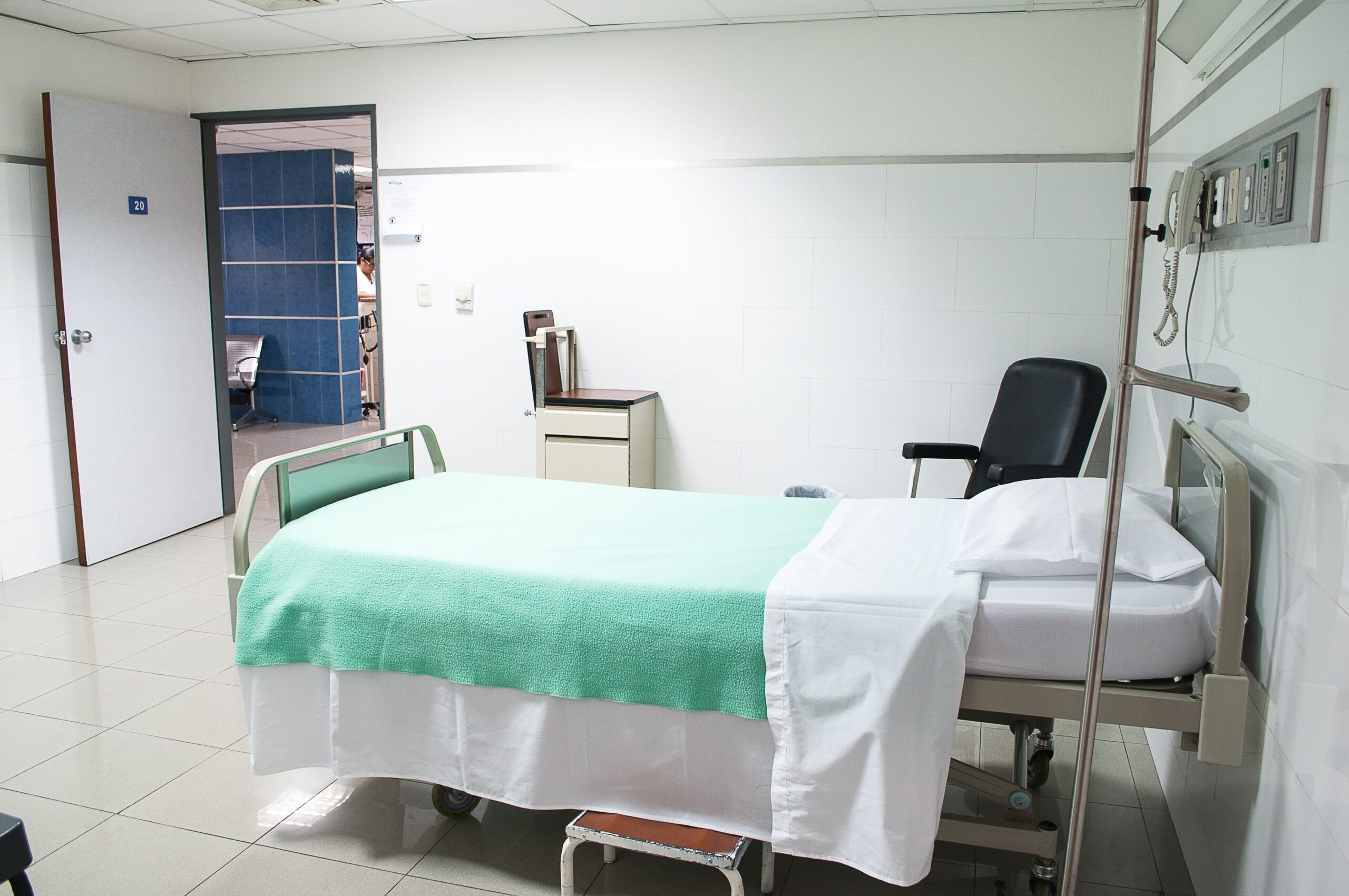HSCT is a blood stem cell transplant. Possible sources of blood stem cells include bone marrow, peripheral blood and umbilical cord blood. MPS disorders benefiting from HSCT include severe MPS I (Hurler syndrome), MPS VI (Maroteaux-Lamy syndrome), MPS VII (Sly syndrome) and ML II. HSCT has proven effective for the following syndromes:
Successful HSCT has been performed for children with Hurler syndrome since 1980. The immediate benefits include correction of the enzyme deficiency and clearance of glycosaminoglycans (GAGs). Long-term benefits include the possibility of long-term survival by protecting the heart, lungs, and brain from the effects of progression of the MPS disorder. Other organs and tissues can also show benefits from the HSCT; these include the eyes and ears, liver, spleen, joints, airway, etc. However, it should be noted that many children are still requiring a variety of orthopedic surgeries despite a successful transplant.




The principal clinical features of children with MPS VI are bone abnormalities, severe short stature, corneal clouding, lung problems, liver and spleen enlargement, and heart valve abnormalities. Intelligence is felt to be preserved in most individuals. For over twenty years, HSCT has been used successfully to treat MPS VI with resolution of liver and spleen enlargement, airway obstruction and sleep apnea, and improved joint mobility. There has also been prevention of further heart and lung deterioration. Visual acuity has improved in some individuals although corneal haze does not necessarily resolve. As in other MPS disorders, HSCT has not been able to treat effectively the skeletal abnormalities. Consequently, successfully transplanted children have still required orthopedic surgical interventions on the knees and hips.
Use of HSCT for MPS VII is limited by the rarity of the disorder and tendency toward stillbirths, although there are also milder adult forms of this disease. In certain circumstances, MPS VII can be effectively treated by HSCT provided that the developmental and clinical status of the individual is good at the time of HSCT.


To date, HSCT represents a therapy with a relatively short but effective track record for ML II (I-cell disease.) Patients ages 0.3-1.7 have been transplanted at the University of Minnesota. Results have shown good cardiopulmonary function in two patients while one has developed pulmonary hypertension. All children remain mildly to moderately neurodevelopmentally delayed. At this time, HSCT is no longer a recommended treatment for ML II.
HSCT should be performed at centers with experience in offering comprehensive, multi-specialty care for MPS individuals whose underlying diseases can be appropriately treated by transplant.
